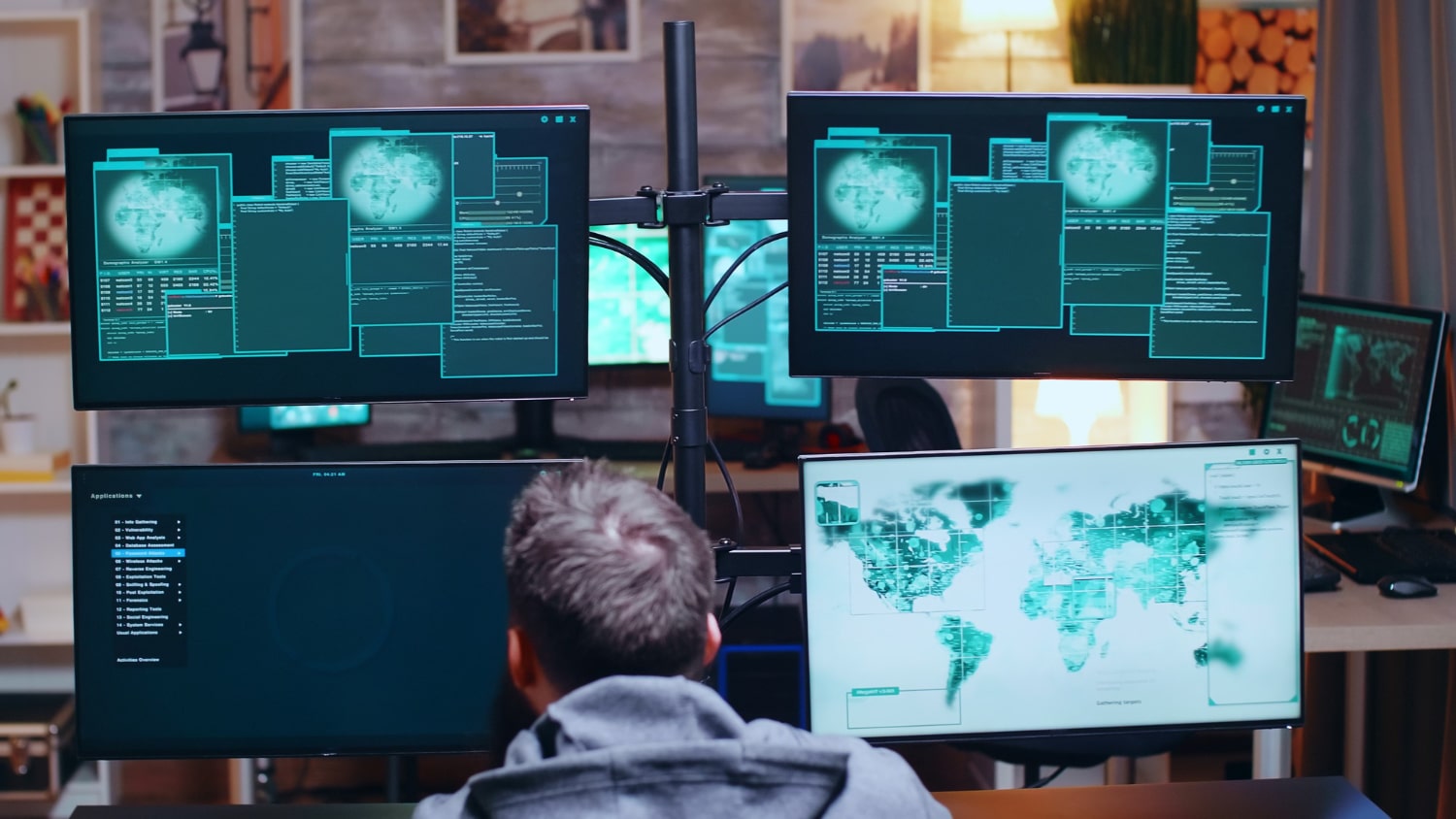The industry is entering a new era: one of data-driven production, operating continuously and in real-time. Every machine becomes a source of information, every operator collaborates with artificial intelligence, and every decision is based on instant analysis.
Globally, this shift represents a market of nearly $350 billion, with an annual growth rate exceeding 14%. Three key drivers fuel this revolution: the widespread adoption of connected devices, the rise of edge computing, and the rapid growth of private industrial 5G networks.
However, with this abundance of data comes a new challenge: processing, correlating, and securing complex data flows without slowing down the production line. In sectors like fine chemicals, for instance, every minute of downtime can cost over a million dollars.
Smart Industry (or Industry 4.0) refers to the transformation of traditional production systems through the use of advanced digital technologies:
In traditional approaches, data was often a secondary flow, processed retrospectively and used in static reports or passive dashboards.
In a data-centered approach, data becomes dynamic, structural, and above all, decision-making. It is no longer a witness to the process; it becomes an active participant.
This requires a paradigm shift:
As sensors proliferate and artificial intelligence integrates directly into production lines, data processing shifts from the cloud to the machines themselves. This migration to the edge reduces latency from hundreds of milliseconds to just a few dozen.
For example, moving vision AI to a mini-server placed next to a welding robot can reduce decision-making time from 120 ms to less than 30 ms. This threshold is critical: it determines whether a defective weld is detected or a non-compliant part moves to the next stage.
However, this increased responsiveness comes with a downside: each edge node becomes a micro-datacenter that needs updating, cooling, and securing. Recent studies highlight that edge computing adds an average of 17% more network surfaces to map and protect, exposing factories to new risks.
Born in the automotive sector to virtually model and test vehicle prototypes, the digital twin is now an essential tool for Smart Industry.
Today, it simulates not just vehicles but entire systems – packaging lines, industrial furnaces, chemical processes, and even full production chains. It does so with a precision that allows engineers to anticipate real-world behaviors before they ever occur physically.
A digital twin can detect early signs of energy overconsumption, equipment malfunctions, or process deviations, and it can automatically optimize settings to minimize waste. In a world where performance is tied to environmental footprint, this virtual copy is a key driver of industrial sobriety by reducing:
By aligning with the Smart Industry approach, the digital twin also enables proactive decision-making, predictive maintenance, and operational flexibility, all while integrating sustainability goals.
The digitalization of factories doesn’t eliminate people; it elevates their role. By automating certain tasks, companies can free up as much as 245 hours per employee each year. To convert this time into a performance boost, however, you must invest in training and upskilling. Augmented reality is becoming a key tool for guiding technicians and accelerating their skill development.
Operators are no longer just following instructions. They are analyzing information, making judgment calls, setting priorities, and interacting with algorithms. This new reality demands:
Walk into a modern workshop, and you might find a Modbus RTU controller from the 1990s working alongside brand-new real-time OPC UA controllers, an MQTT broker for IoT devices, and a REST API layer feeding cloud dashboards.
This protocol heterogeneity makes data aggregation incredibly complex. According to one industry survey, four out of ten integration projects are delayed or fail because their middleware is incapable of correctly translating and timestamping all these different data streams.
In industrial systems, data is often time-sensitive. When equipment doesn’t share a synchronized clock, a delay of a few hundred milliseconds is enough to mask a critical pressure spike or skew an AI’s correlations. This technical problem has a real economic impact. McKinsey points out that this lack of technical governance is the primary driver of budget overruns, causing 25% to 40% of large IT programs to exceed their budgets by more than 50%.
The more connected a factory becomes, the more exposed it is to cyberattacks.
Cybersecurity for Operational Technology (OT) can no longer be an afterthought. It is a matter of industrial resilience, where every incident can have severe physical and economic consequences. Managing access, segmenting networks, monitoring systems in real time, and keeping equipment updated are all top priorities.
Building a smart factory involves far more than just buying new sensors or integrating AI software. It requires rethinking the entire industrial ecosystem with data as the central thread.
You don’t have to navigate this transformation alone.
Motilde is here to help you design next-generation supervision systems, modern control rooms, and truly data-centered industrial strategies. From needs analysis and interface ergonomics to technical integration and user adoption, we partner with you to build solutions that deliver performance, reliability, and usability. Contact us to imagine the intelligent industry that works for you.

Copyright © 2025. MOTILDE. All rights reserved.